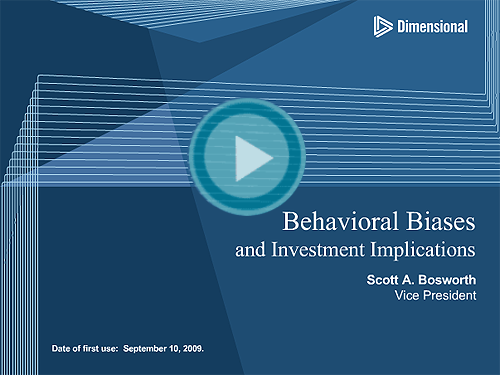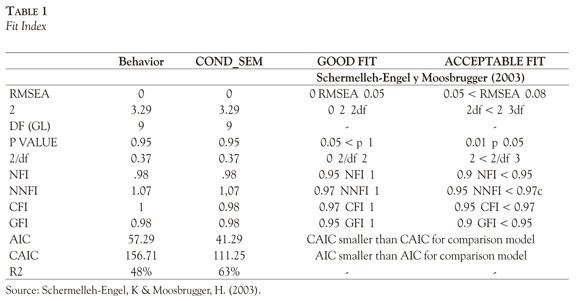The Behavioral Influence on Investing
Post on: 30 Сентябрь, 2015 No Comment

Don’t React, Stay Calm
The behavioral instinct of humans to “do something” in reaction to extreme events, or the constant barrage of the media is a survival mechanism that tends to work against us in the investment sphere. Studies have shown that the more often one changes one’s portfolio, or, for that matter, even looks at it, the lower will be the return.
How Certified Financial Planners will Lead You too Positive Results
When investors shift their focus away from their long-term objectives to short-term performance, the results are almost always negative. This can best be illustrated when investors, en masse, bail out of a declining stock market with the intention of getting back in when it turns around – a feat very few investors can actually achieve, leading Warren Buffet to quip, “The stock market is a highly efficient mechanism for the transfer of wealth from the impatient to the patient.”
The Common Investment Mistakes

When we let our emotions guide our investment decisions we will inevitably fall into any number of investment traps that can have devastating consequences on long-term returns. Many certified financial planners have found that fear and greed are the biggest culprits and are generally responsible for many of the investment mistakes people make, including:
- Investing to conservatively Investing in safe or guaranteed instruments may provide peace-of-mind that you won’t lose any money due to market fluctuations; however, each day that your returns fail to exceed the rate of inflation, you are, in effect, losing money, and that loss becomes more pronounced over time.
- Over-diversifying – Most investors have been taught that diversification is the key to reducing risk and volatility in a portfolio. But there is a danger in over-diversification which can reduce your overall return without reducing risk or volatility. Fear of risk can lead investors to try to “diversify” away risk completely, but it can’t be done. Better to understand how risk and returns are related seek optimum diversification for your specific objectives and risk tolerance.
- Under-diversification – This can occur when investors “fall in love” with a particular stock or mutual fund and begin to allocate too much in one direction. This will, of course, increase your risk exposure as well as the volatility of your portfolio. It can also occur when investors purchase too many mutual funds that all invest in the same stocks.
- Investing without a plan Studies clearly show that investors who adhere to a plan with clearly defined objectives and a tailored investment strategy outperform those who don’t. A well-conceived investment strategy is what keeps investors from falling into investment traps such as chasing returns or trying to time the markets.
At Winship, our certified financial planners will keep you from falling into the traps that kill portfolio returns.
Contact us to learn more about how understanding behavioral influence on investing is essential for positive financial planning results. Winship Wealth Partners certified financial planners serve San Francisco, Marin County, and the greater Bay Area














